Once a modest improvisation at a borderland café, nachos have journeyed a long and curiously textured path into the heart of American culinary mythology. Their transmutation from Ignacio Anaya’s crisp, triadic assembly in Piedras Negras (totopos, melted Wisconsin cheese, jalapeños) into today’s stadium-sized, "piled high" edible monoliths is less a case of global diffusion and more a parable of cultural overhaul. Anaya’s nachos were born of necessity, shaped by binational currents in wartime Coahuila, and never claimed as property. This perhaps prefigured their eventual conscription into a sprawling Tex-Mex repertoire. From this foundational ambiguity bloomed a multitude of palimpsests: layered with ground meat, sour cream, shredded lettuce, nachos became not merely snacks but consumable allegories of American customization, volume, and informal conviviality. Their widespread adoption, helped by sports commentator Howard Cosell’s primetime odes and Frank Liberto’s viscous, vividly dyed cheese product, attests less to a palate’s refinement than to a nation’s hunger for edible architecture.
The nacho’s evolution is, thus, emblematic of what we might call a soft brutalism of cuisine, where delicacy yields to infrastructure and abundance becomes its own rationale. It would not be out of place to juxtapose the trajectory of nachos with Richard Hamilton’s formulations on the aesthetics of plenty. The nacho now functions not only as a culinary construct but as a distributed sculpture of post-authenticity. Its conceptual base was born of tactility and scarcity, but now supports endless revisions across geographies and intentions. The American nacho declares itself in loud typologies (loaded, extreme, supreme) with no attempt at subtlety. It is not merely food, but a container for the symbolic metabolism of a society primed for spectacle and recombination. If anything, its durability lies not in fidelity to origin, but in its willingness to be overwritten.
In recent permutations of the nacho plate, a format increasingly burdened by its own semiotic overcompensation, we glimpse vestiges of pre-border culinary vernaculars that stubbornly insist on their lineage from Mexico, even as the dish performs its overblown Americana with a knowing, kitsch bravado. To attend to these compositions as palimpsests rather than products is to recover a silenced critique: that the original gestures, encoded by their creators, spoke not in celebration but in satire of the United States, a message long effaced by stateside reanimations which favor spectacle over subtext.
This plate of nachos, photographed with a seeming indifference to compositional finesse and yet achieving a brutal visual poetry, most resembles José Clemente Orozco’s mural The Epic of American Civilization (1932 to 1934), particularly the panel “Anglo-America.” While that comparison might initially appear incongruous, closer observation reveals how the nachos echo Orozco’s use of fiery chromatics, chaotic spatial compression, and intense materiality. The melted cheese, like Orozco’s acid-etched reds and ochres, drips in viscous gestures across a fractured surface. The jalapeños, sliced and scattered, function like Orozco’s symbolic implements of violence, casual but deliberate markers of tension and division.
The pile itself, anarchically composed, mirrors Orozco’s critique of American industrial and military machinery. It is a faceless mass of elements pushing outward with centrifugal aggression. Just as Orozco renders bodies and empires in the throes of collapse and birth, these nachos are in a kind of culinary convulsion. This is a scene of over-saturation, entropic abundance, and impending disintegration.
Our next entry, visually tumultuous and layered with dense strata of texture and color, bears a strong resemblance to Leonora Carrington’s painting The Pomps of the Subsoil (1947). Like Carrington’s surrealist dreamscapes, this dish resists linear interpretation. The chaotic flourish of ingredients creates an otherworldly surface where shredded lettuce becomes spectral foliage, ground meat suggests subterranean decay, and sour cream drizzles mimic alchemical trails across an uncanny terrain.
The dish’s dome-like form conjures the layered topography often found in Carrington’s work, where organic and synthetic forms commingle in ritualistic assemblies. In The Pomps of the Subsoil, Carrington stages a surreal convergence of hybrid figures engaged in mysterious rites. Here, on this platter, we find an accidental echo of that procession. Pickled jalapeños serve as the dish’s ocular motifs, suggestive of sentient presences embedded within the nacho terrain, while diced tomatoes flicker like warning beacons in a folkloric underworld.
In the manner of Carrington’s The Pomps of the Subsoil, the nachos assemble a visual ecosystem in which organic decomposition and ritual convergence are inextricably linked. The nachos in this instance do not suggest pleasure as much as procession. The viewer becomes the participant in a banquet of spectral urges. If Carrington reimagined alchemy as matrilineal memory, this plate reimagines brunch as séance. It is a vessel of taste, but also of time, desire, and the unruly power of collective digestion.
This third plate of nachos, exuberantly saturated and compositionally teetering on the edge of excess, bears a compelling resemblance to José Guadalupe Posada’s Calavera Oaxaqueña (circa 1910). At first glance, the comparison may seem playful. But look more closely, and the visual parallels multiply. The stark contrast of the blue table surface against the baroque swirl of ingredients reads much like Posada’s sharp xylographic interplay between black ink and skeletal form. The jagged, angular tortilla chips serve as both ground and frame, recalling the serrated edges of Posada’s print work, where life and death, satire and truth, crowd into a single chaotic image.
The visual wit embedded in Posada’s engravings is reinterpreted here in vegetal tones and creamy drizzles. The pickled onions, perched jauntily atop the mound, recall the flourish of feathered hats and skeletal grins. Avocado cubes form a pixelated canopy of soft green, hovering like the cartoonish crowns that sit on Posada’s festive dead. The layering of corn, black beans, and charred meat suggests a folkloric density, a populist carnival of textures. This is a feast staged not just for taste but for theatrical collapse. In its abundance, it edges toward parody and invites metaphor.
In Posada’s Calavera Oaxaqueña, the skeletal figure is adorned with ornaments of class and decay. So too is this dish layered with markers of luxury and rot. Each topping gestures toward pleasure, but also overreach. There is no restraint, only excess. This nacho mound is a tableau of contemporary vernacular, presented with the immediacy of street print and the density of a block party altar.
What arrives on the plate, elegantly plated and striking in its balance of restraint and vigor, resembles Elizabeth Catlett’s linocut Sharecropper (1952). At first the comparison may seem improbable, yet both works operate through visual assertion rooted in dignity, layering, and form. Catlett’s print presents a resolute figure built from stark contrasts and carefully carved texture. Similarly, these nachos offer a portrait of food as composed resolve. Each topping contributes not just to flavor but to a unified structure of visual strength.
The eye is immediately drawn to the interplay between grilled tuna and pickled onions, whose linear gestures recall the incisive marks of Sharecropper. Both works traffic in assertion without spectacle.
The angular chunks of grilled tuna, almost architectural in their searing, resemble the carved planes of the sharecropper’s face. The pickled onions unfurl like the folds of cloth in Catlett’s print, while the microgreens echo the upward lines of the subject’s gaze. The sheet pan functions as a metallic field of assertion, much like the dark inked background from which Catlett’s figure emerges. There is tension, but there is also quiet confidence.
In Catlett’s print, dignity is carved from oppression. In this culinary composition, a similar tension animates the visual field. The nachos do not sprawl, they stand. The grilled protein, fire-licked and geometric, is the declarative voice. The microgreens, gently tossed atop, read as breath or witness, a gesture not unlike the visual whisper of hair in Catlett’s linocuts. Together they form a vocabulary of care and conviction.
This layered composition of chips and color closely resembles Alfredo Ramos Martínez’s The Flower Vendors (circa 1929). Martínez, known for dignified renderings of Indigenous Mexican women surrounded by lush floral abundance, often composed his subjects in symmetrical, saturated layers that suggested quiet strength within everyday ritual. This dish offers a parallel in both its chromatic arrangement and its sense of poised abundance. The lettuce and scallions function like the verdant arc of palm fronds or market leaves, while the diced tomatoes form clusters that echo Martínez’s stylized bundles of calla lilies and dahlias.
As in Martínez’s paintings, there is a rhythm of layering that serves not to overwhelm but to organize. Sour cream sits at the peak of this edible composition like a softly rendered veil, analogous to the head coverings or shawls that crown many of his figures. The chips below, still visible at the edges, provide the golden warmth of earthy foundation, just as Martínez often balanced his vibrant compositions with grounding tones of brown and yellow.
The work is at once performative and devotional. Like the women in Martínez’s paintings who kneel beneath the weight of their floral offerings, these nachos carry a burden of cultural expectation. There is no ornament without labor. The scallions and tomatoes, meticulously scattered, read not as garnish but as notation. Each dot of red punctuates the surface like a petal or a gesture.
What might first seem like a mere appetizer with its explosive composition of viscous cheese rivulets, jagged chips jutting like tectonic forms, and a chromatic violence rendered in sour cream, guacamole, and diced tomatoes—bears a surprising visual kinship to David Alfaro Siqueiros’ Echo of a Scream (1937).
Though Siqueiros is better known for his politically charged murals, this particular painting distills a hallucinatory intensity that resonates with the presented nacho tableau. Echo of a Scream depicts a weeping child in a surreal wasteland of industrial wreckage, its forms entangled in molten reds and twisted metal, all rendered with a dynamic ferocity. Like the nachos, it is both baroque and immediate—emotionally overdetermined, visually congested, and saturated with heat.
Both compositions blur the boundary between consumption and violence, albeit through vastly different media: one through synthetic cheese; the other through pyrotechnic brushwork and Marxist angst. But formally, they share an aesthetic of collapse: layered forms heaving against each other in a frenetic stasis, punctuated by moments of glossy liquidity.
The sculptural chaos on this platter, with its sharply delineated blocks of color, assertive tonal contrasts, and structural simplicity softened by organic irregularities, is clearly a reference to Rufino Tamayo’s Women of Tehuantepec (1939).
In that painting, Tamayo balances a clean compositional geometry with visceral texture and tonality. Similarly, the grilled chicken strips here recall the angular limbs of Tamayo’s figures, while the creamy swaths of melted cheese act as chromatic unifiers, like the saturated pinks and ochres in his palette. The diced tomatoes and jalapeños serve as abrupt chromatic interruptions, evoking Tamayo’s use of visual tension to animate static forms.
Moreover, Tamayo’s art often hovered in a liminal space between figuration and abstraction, and so too does this dish. The radial composition around the sour cream and salsa mirrors Tamayo’s often centrifugal figural arrangements, and the tactile materiality of the food (burnished grill marks on chicken, translucent layers of cheese) recalls the sensuous, almost edible surface quality of his pigment-loaded canvases.
Here, the sour cream filled ramekin plays the moon, cool, unblinking, and detached; while the jalapeños and scallions rupture the surface like Tamayo’s occasional bursts of celestial menace. At once mural and morsel, this dish engages not just with Tamayo’s formal strategies, but with his metaphysical tensions: nourishment and void, ceremony and repetition. One doesn’t simply eat it. One watches it watching back.
Finally, let’s look at how this riotous stack of corn chips and garnish draws a considerable amount of inspiration from María Izquierdo’s The Idyll (1946). At first glance, the two works seem entirely unrelated: one painterly, the other culinary; one steeped in allegory, the other in appetite. Yet a closer formal reading reveals a shared compositional logic. Izquierdo’s canvas is anchored by a forced perspective that draws the viewer’s gaze from the intimate foreground, where a couple sits beneath a red umbrella, toward a vanishing point marked by twin rows of bare trees. This narrowing corridor finds a surprising echo in the nachos’ radial layout. Ingredients cluster with intensity at the center and fade outward in visual taper, replicating the painting’s geometric recession. The jalapeños and onions substitute for trees, while the chips at the outer edge become the clearing, a quiet, edible analog to Izquierdo’s psychological landscape.
Just as the painting juxtaposes the living couple with the cold marble of a Venus statue, the nacho tableau stages its own symbolic dualities. In Izquierdo’s work, the statue stands apart, silent and idealized, divided from the couple by a fountain. Here, that symbolic function is performed by the ramekins of sour cream and salsa. Positioned at the boundary of the plate, they serve not just as condiments but as surrogate figures, cool and warm, static and flowing, witnesses to the transient ritual unfolding between them. The visual symmetry reinforces their role, framing the edible chaos much like Izquierdo’s sculpture contains emotional stillness.
Even the color palette, while seemingly divergent, aligns at the level of emotional tone. Izquierdo’s dusky reds, wan blues, and sepia browns create a muted, reflective atmosphere, while the nachos erupt in saturated yellows and acid greens. But both compositions are built around a central emotional tension. In The Idyll, it is the quiet pull between intimacy and detachment. In the nachos, it is the joy of abundance shadowed by the inevitability of mess, spill, and collapse. These are ephemeral acts: one romantic, the other gustatory.
The comparison reaches its most distilled form in the nacho’s central cluster, where tomato and cheese melt into a kind of edible embrace. The ramekins do not merely accompany the dish; they reflect it, like Izquierdo’s statuary echoing the human scene. The plate becomes a kind of mise en abyme, a scene within a scene. These nachos do not parody The Idyll. They parallel it, translating its emotional cadence into a language of texture and taste. What was once melancholic love is now melancholic hunger.
In the end, the nacho becomes not just a dish but a synecdoche for a culture uniquely skilled at transforming clarity into spectacle. What Ignacio Anaya devised was a fleeting, almost offhand marvel: a snack improvised with care, modest in scale, balanced in flavor, and designed to charm visitors from across the border. That it was tailored to their preferences only deepens the irony. What followed was less evolution than distortion. The dish swelled into a monument of engineered indulgence, bloated with contradiction, stripped of proportion, wit, and memory. What began as a gesture of elegant improvisation now arrives at the table as a chaotic edifice of toppings, a structure so insistently maximal that its original form is no longer legible. This is not innovation but a kind of culinary inflation, where meaning dissolves under the pressure to fill space. The nacho no longer recalls its birthplace so much as it reflects the appetites of a society that treats nuance as inefficiency and insists on turning every small pleasure into a loud performance.





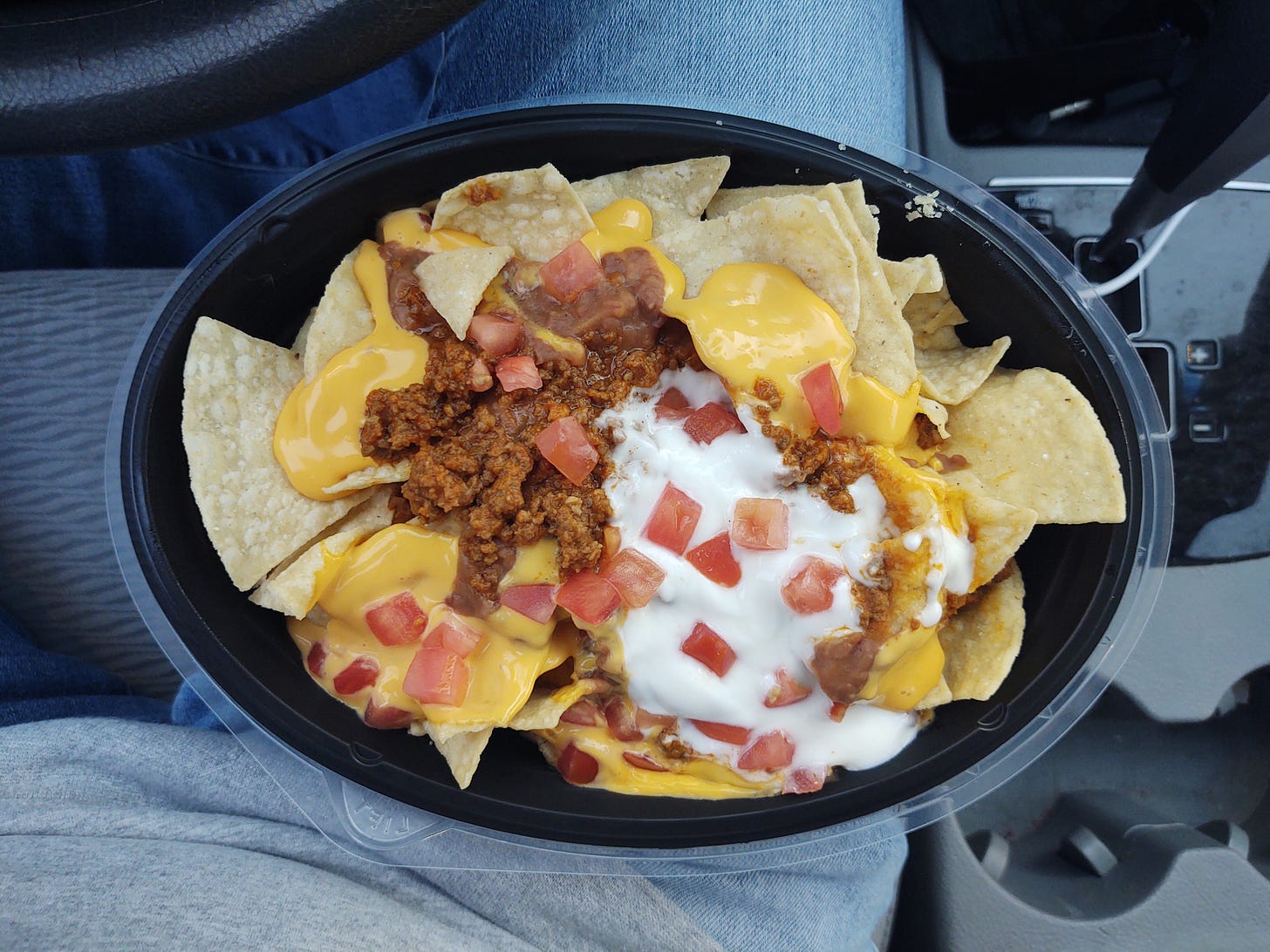


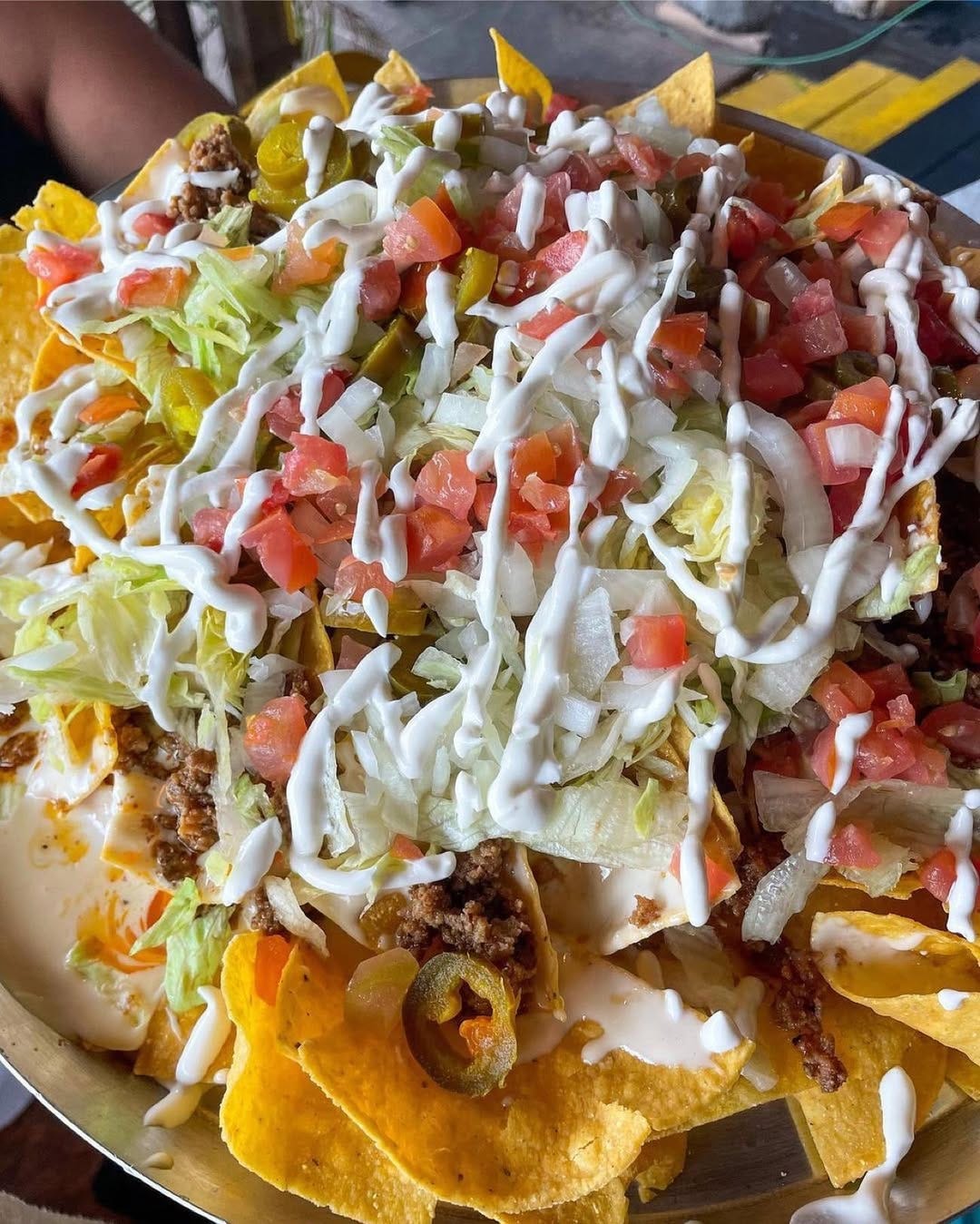
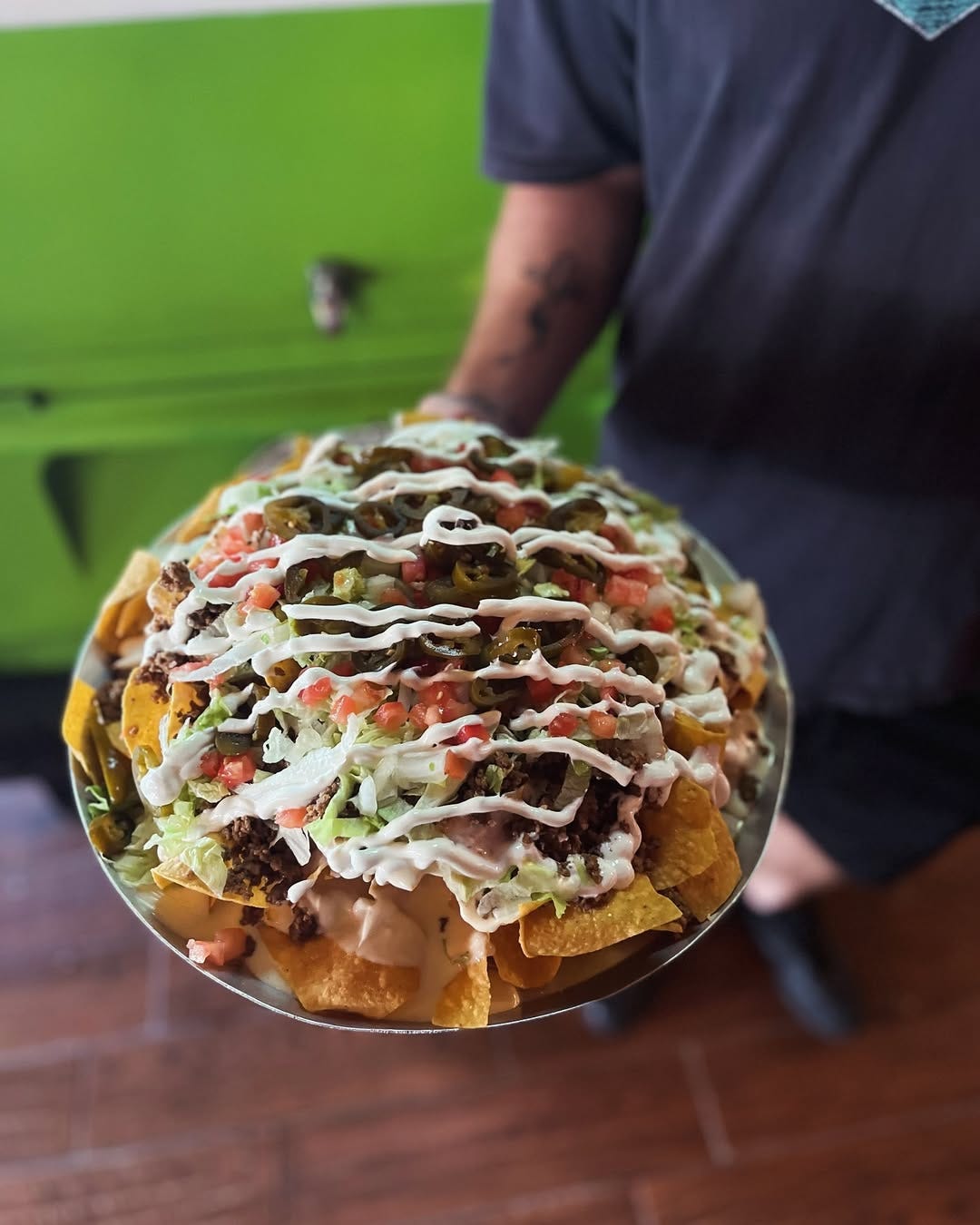
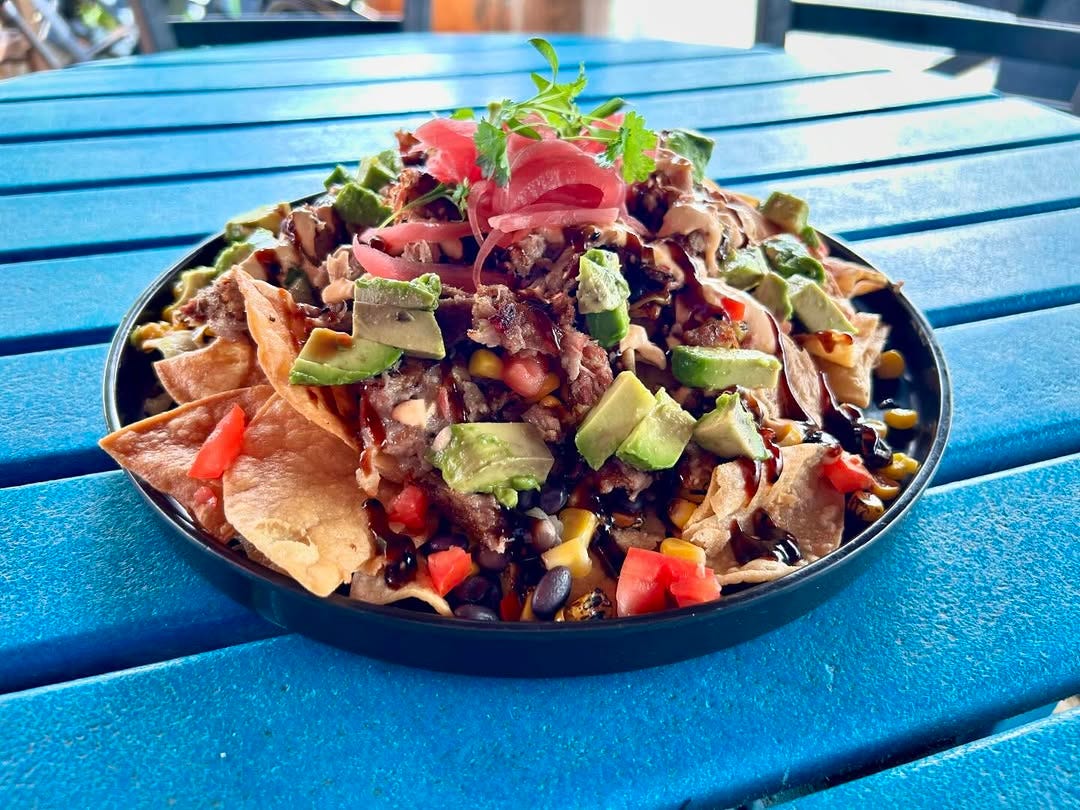
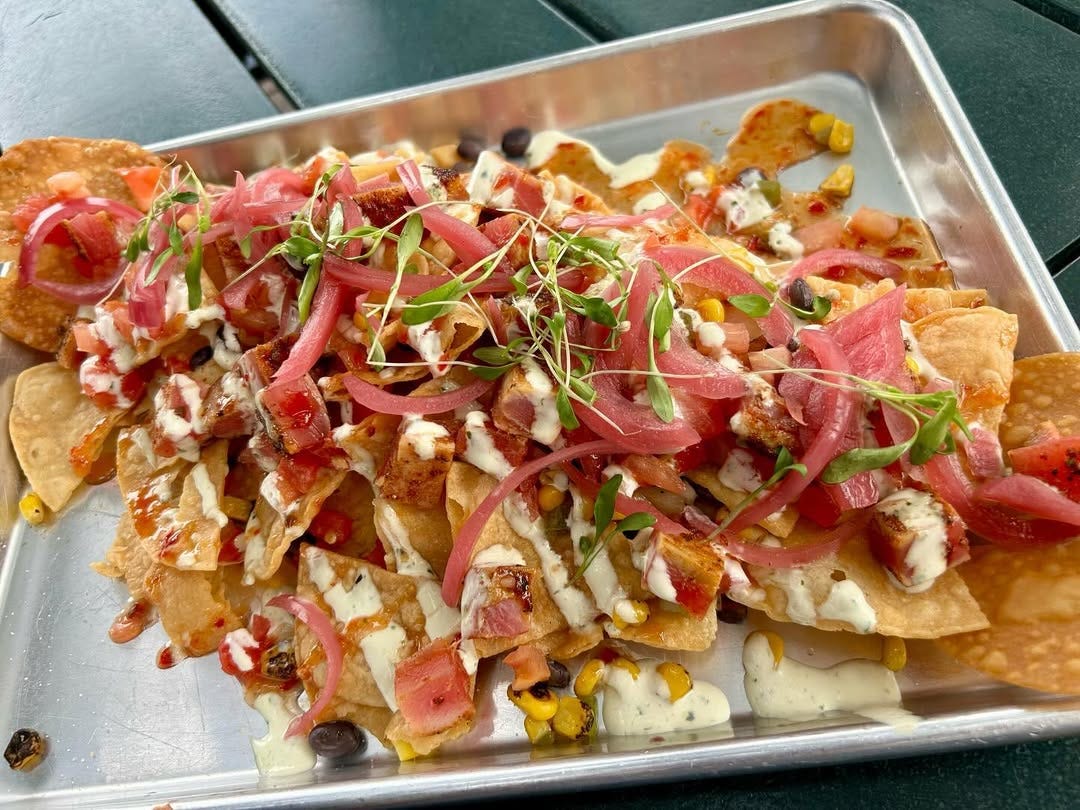


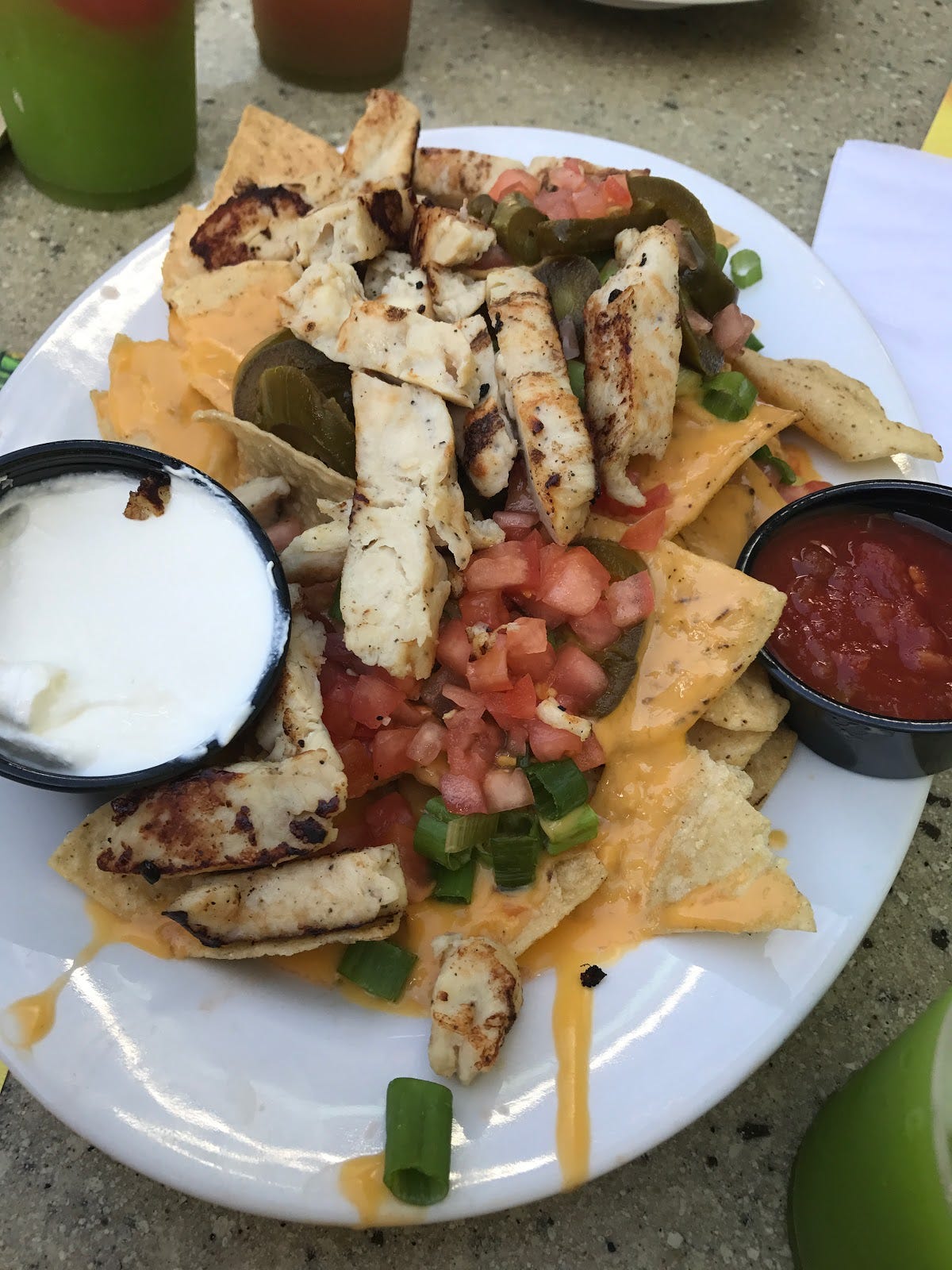
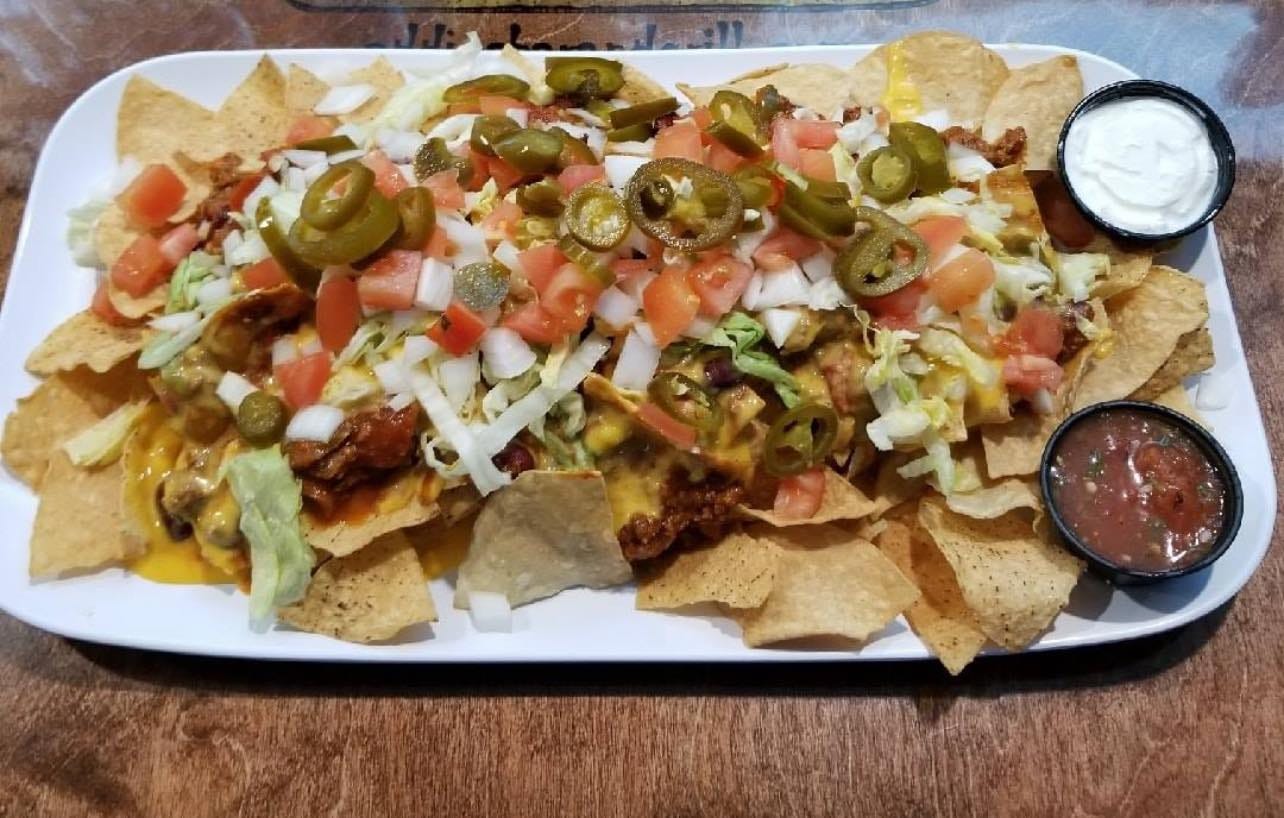






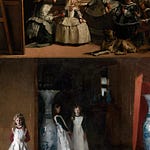
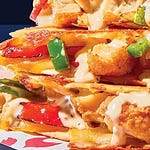
Share this post